1. Octopus (Octopus Sp.)
A member of the mollusc family, the octopus has no skeleton and is a master of disguise. Their amazing ability to change colours and skin texture enables them to almost literally disappear into the background. You only really see them if they happen to move or if you are particularly eagle eyed.

(her?) annoyance before squeezing into a tiny crevice
Octopus are clearly highly intelligent and in experiments have been shown to have maze and problem solving abilities. Octopus are not currently endangered however they are popular food animals.
2. Emperor Angelfish (Pomacanthus imperator)
A spectacularly beautiful fish that reaches upto 40cm in length however they are more typically upto 30cm in length. The picture below is a mature animal, juveniles have a completely different coloration and pattern, with concentric blue and white circular lines on a dark blue background.
 Emperor angel fish been cleaned by resident 'cleaner wrasse'.
Emperor angel fish been cleaned by resident 'cleaner wrasse'.Most angelfish are seen in pairs that are highly territorial, never locally common, angelfish are sometimes captured for the aquarium trade, a practice that should be discouraged given the difficulty and territorial nature of the animal.
3. Sponges
Sponges are extremely common and are thus a highly successful animal, earliest fossil records have sponges as much as 1000 million years old. They take many forms for instance a red encrusting sponge is shown in the emperor angelfish picture above through to the largest species, the barrel sponge. Sponges are the most primitive of multicelled animals and are pretty much a colony of individual cells, they have no muscles, nerves, true tissues or internal organs.

Sponges are filter feeders and form an important part of the reef ecology, acting as 'hosts' to a menagerie of smaller organisms. Some species are commercially important, harvested to keep us clean as we take showers.
4. Snapper
This is a diverse fish family that are both important predators on reefs as well as important commercially caught food fish. There are more than 100 species worldwide, most of these are found around the western pacific region. Many species form large schools, the species below typically is solitary waiting over reef shallows waiting for suitable food to come swimming by.

One spot snapper (Lutjanus monostigma) in a typical reef scene in
relatively shallow water (12m). A swarm of reef fish that also includes
goat fish, damsel and parrotfish. Photo from Puerto Galera, Philippines
5. Maxima clam (Tridacna maxima)
Related to the giant clam, the maxima clam is a brightly coloured mollusc that is closely related to the giant clams (which is now a increasingly rare animal) They attach themselves to the reef and grow slowly, competing with corals and other invertebrates for space and access to sunshine.
 Maxima and giant clams have a close and dependent relationship with algae (zooxanthellae) that gives the animal it's vibrant colours. Due to this dependence Maxima clams are found in the shallow areas of reefs, where there is a lot of sunlight.
Maxima and giant clams have a close and dependent relationship with algae (zooxanthellae) that gives the animal it's vibrant colours. Due to this dependence Maxima clams are found in the shallow areas of reefs, where there is a lot of sunlight.
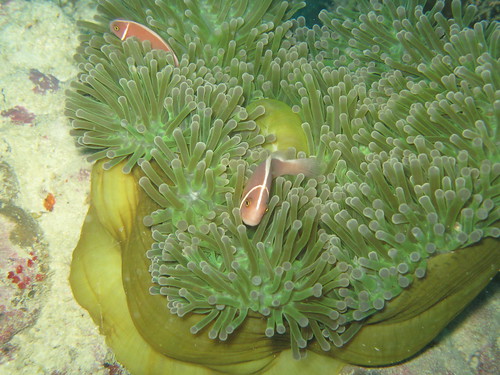
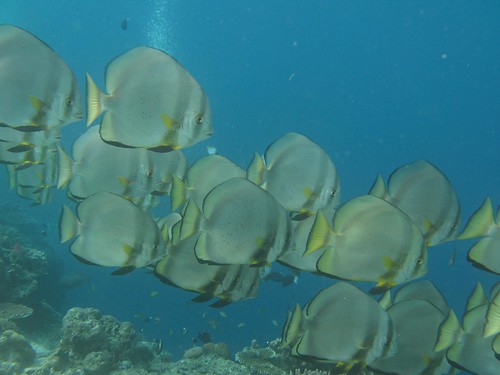
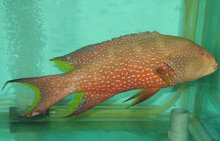
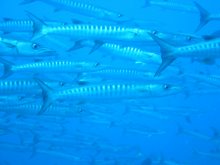

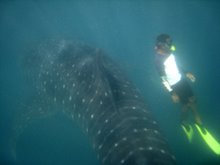
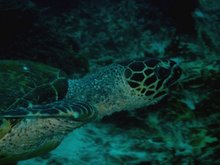
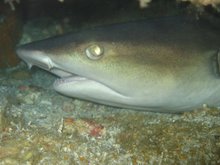
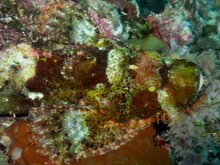

No comments:
Post a Comment